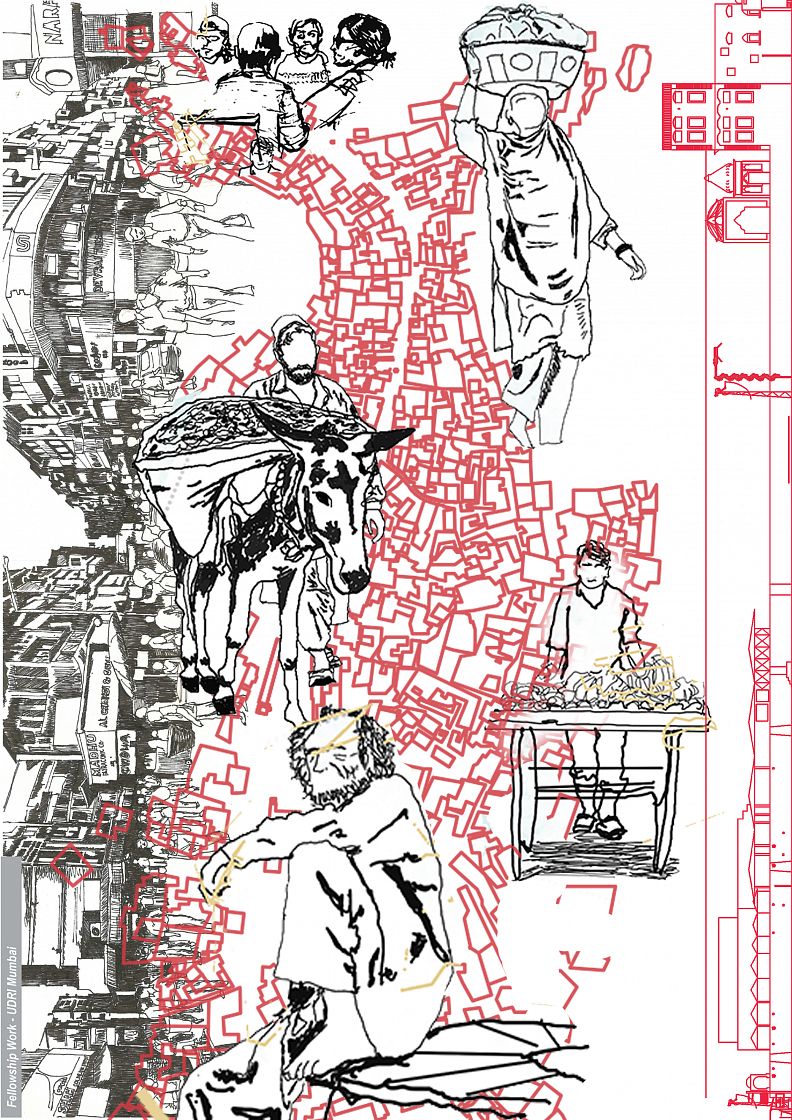DOWN THE DRAIN : RECLAIMING URBAN VOIDS THROUGH ARCHITECTURAL INTERVENTIONS

Project idea
The urban fabric of cities is changing at a fast pace. This demanded a quick, rather unplanned development leading to many “left-over “spaces. These leftover spaces are called urban voids.
The Urban Voids are a vital component in the context of the built environment. This thesis proposes that Nullahs have become a major Void in the urban fabric of Islamabad, Pakistan and addresses the issues caused by this left-over space. The thesis aims to generate ideas of how these Nullahs (Urban voids) can instead be rejuvenated as a catalyst for the development of urban environment.
Combining key elements of functionality and creativity, my project will endeavor to create a realistic understanding of the site it examines through the tools of: observation, desk research and interviews.
Throughout these approaches I aim to deliver an interesting and thought-stimulating project, not only in an aesthetic aspect but also as a potential for inspiration for the further implementation of Nullahs (Urban Voids) within Islamabad.
Project description
Project objectives:
-Utilizing nullahs as a productive space in urban fabric, through architectural interventions.
-Understanding how the role and dynamics of the nullah changes across various sections.
-Finding potential areas that can converted into a focal point. Acting as catalysts in improving the urban fabric.
-Architectural intervention must be based on the facilitation towards the user for community.
Technical information
(All technical information is represented in images)
Visuals- graphical representation of objectives , problems , solutions.
Documentation of Saidpur.
Documentation of people along the trail.
Documentation of elements along the trail.(Photographic Elevation of the elements along the trail.)
Plan and Section of the Saidpur trail (Nullah trail).
PLANS and SECTIONAL DETAILS of interventions.
Graphics to explain the solution to the waste problem.
3D representation of WHOLE Saidpur village.
































































